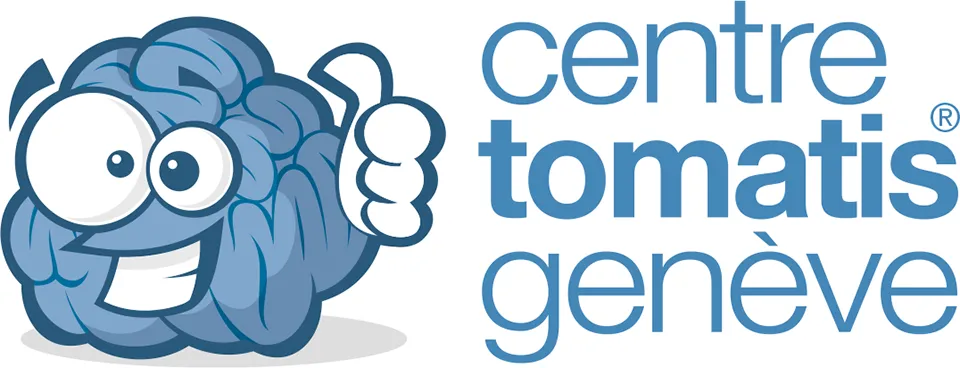Why take an integrative break?
The brain needs both intense stimulation and rest periods to build and solidify changes. This is true for any type of training. After exertion, the brain needs a period of integration.
The Tomatis method adheres to the principle of alternating periods of stimulation and rest by starting with 13 days of electronic ear stimulation sessions, each lasting 1.5 hours, followed by a break. This process is then repeated for additional 13 days.
The objective is to achieve optimal self-reliance as efficiently as possible. The initial two sessions should be scheduled with a gap of 3-4 weeks between them, followed by an interval of 2-3 months between the second and third sessions, and 6 months between the third session and any subsequent sessions.
How the brain learns
The brain learns by forming connections, or synapses, between neurons. These connections are strengthened or weakened through a process called synaptic plasticity, which allows the brain to adapt to new information and experiences. Information is stored in these connections and in the patterns of activity that occur across networks of neurons.
The brain also needs breaks to rest and consolidate memories. During a break, the brain replays and reinforces the neural activity that occurred during the task, which helps to solidify the information that was learned. Additionally, breaks allow the brain to clear out metabolic waste products and restore energy levels, which is important for maintaining cognitive function.
